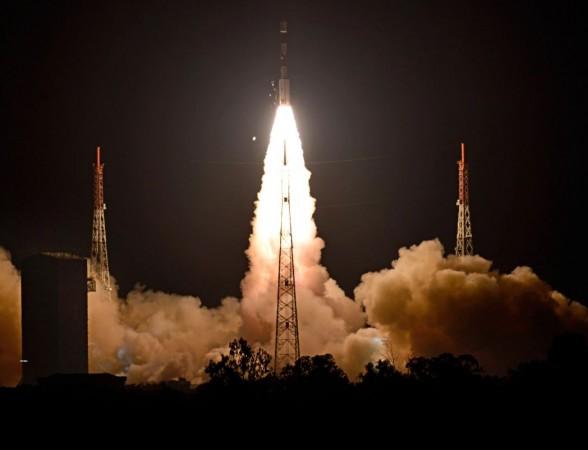Thunderstorms are raging across many parts of the country and people normally look to the weather department, or the India Meteorological Department (IMD) for updates on where the storms are headed.
While IMD is the front end, actually the Indian Space Research Organisation (ISRO) plays an important role, especially its two key research centers -- the Space Applications Centre (SAC) in Ahmedabad and the National Remote Sensing Centre (NRSC) in Hyderabad. The SAC collects satellite data and the NRSC processes it into weather-related info.
SAC collects the data from different meteorological satellites like Insat-3D, 3DR and Scatsat, corrects the data which usually gets distorted due to atmospheric disturbances. Then the data is sent to IMD for forecast. Even the software used by IMD is provided by ISRO. "Though day-to-day processing of satellite data is done directly by IMD and NRSC, some experimental atmospheric data is uploaded by our Ahmedabad centre on our website MOSDAC, which can be used by users for scientific research and study related to climatic condition," said Tapan Misra, director of SAC.
Apart from daily weather report data, ISRO also conducts what is known as post-calamity damage assessment. After heavy storms or other natural disasters, the ISRO plays an instrumental role in disaster management, working closely with the National Disaster Management Authority (NDMA).
During the Tamil Nadu floods in 2015, the RADARSAT-2 images and maps were uploaded to the ISRO website and they were used extensively for arranging relief and rehabilitation to the victims. Similarly, ISRO data came to the rescue of relief mission in 2017 when Rajasthan and Gujarat were hit by severe floods.
"We process data of other satellites like Resourcesat-2A. The data relating to weather, land and forest are processed and then put on our portal Bhuvan. We also do ocean-colouring monitoring," said Santanu Chowdhury, director of NRSC in an interview to the Times of India.
Other Indian satellites like the Insat-3D have onboard instruments that can profile clouds from above. Its "sounder" can measure cloud cover, water vapor and humidity, said NRSC director YVN Krishnamurthy.
Another satellite called the Scatsat-1 provides wind vector data points that are fed into systems that can detect and track cyclones. "Technically, India is strong but we need to strengthen our response mechanism. In some areas where freak weather conditions do not appear frequently, the state's response mechanism is poor," he explained.










